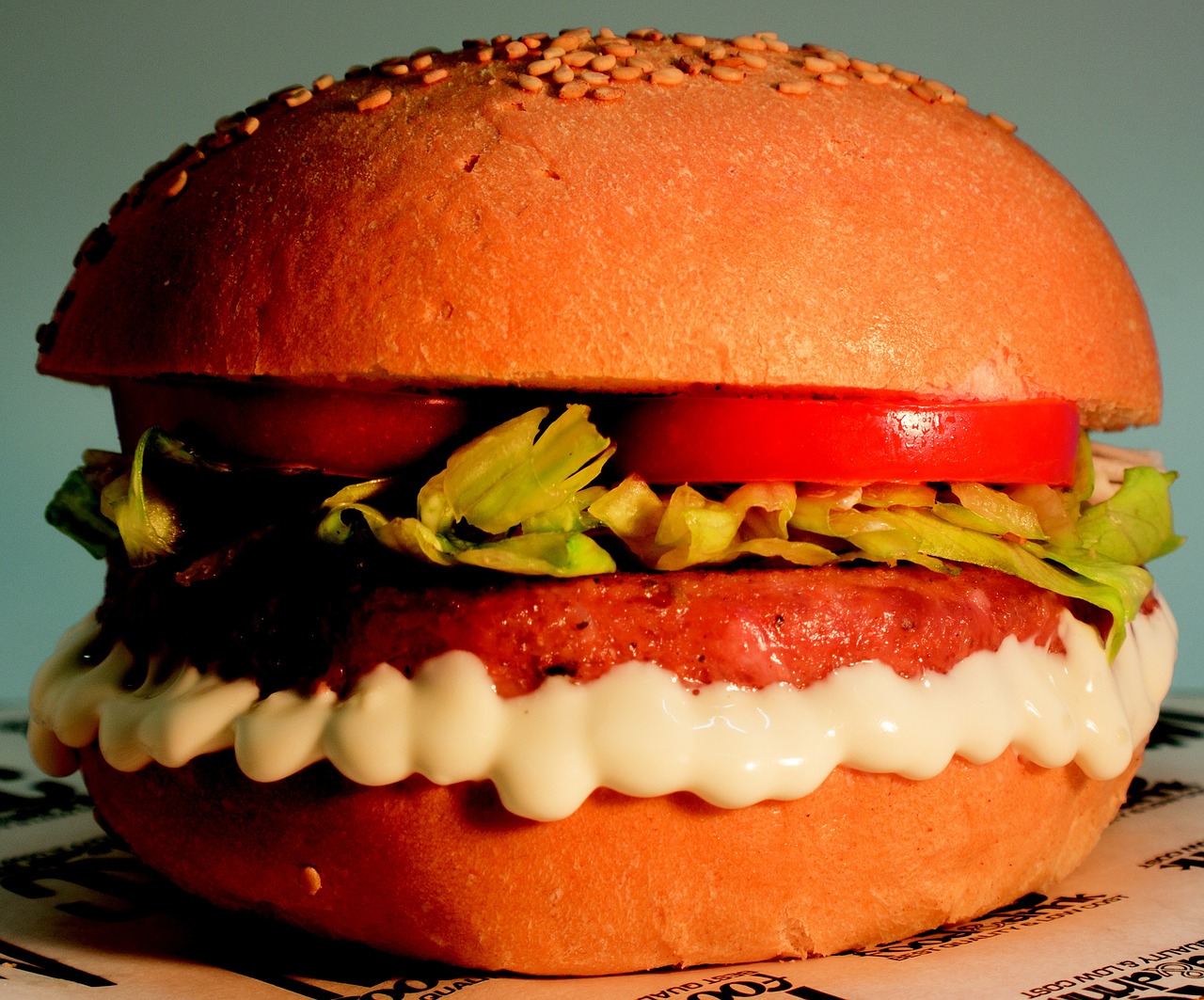Kayaking is the use of a kayak for moving across water. It is distinguished from canoeing by the sitting position of the paddler and the number of blades on the paddle. A kayak is a low-to-the-water, canoe-like boat in which the paddler sits facing forward, legs in front, using a double-bladed paddle to pull front-to-back on one side and then the other in rotation. Most kayaks have closed decks, although sit-on-top and inflatable kayaks are growing in popularity as well.
Kayaks can also be classified by their design and the materials from which they are made. Each design has its specific advantage, including performance, manoeuvrability, stability and paddling style. Kayaks can be made of metal, fibreglass, wood, plastic, fabrics, and inflatable fabrics such as PVC or rubber, and more recently expensive but feather light carbon fiber.
As a child, we visited the San Juan Islands during the summer. Kayaking, big family meals, playing on the beach – great memories!
Zoe McLellan
Inflatable kayaks, made from lightweight fabric, can be deflated and easily transported and stored, and considered to be remarkably tough and durable compared to some hard-sided boats. There are many types of kayaks used in flat water and white water kayaking. The sizes and shapes vary drastically depending on what type of water to be paddled on and also what the paddler would like to do.
The second set of essentials for kayaking is an off-set paddle where the paddle blades are tilted to help reduce wind resistance while the other blade is being used in the water. These vary in length and also shape depending on the intended use, height of the paddler and often, the paddler’s preference. Kayaks should be equipped with one or more buoyancy aid which creates air space that helps prevent a kayak from sinking when filled with water; life jacket should be worn at all times, a helmet is also often required for most kayaking and is mandatory for white water kayaking.
Various other pieces of safety gear include: a whistle for signaling for help; throwing ropes to help rescue other kayakers; and, a diving knife and appropriate water shoes should used depending upon the risks the water and terrain pose. Proper clothing such as a dry suit, wet suit or spray top also help protect kayakers from cold water or air temperatures.


